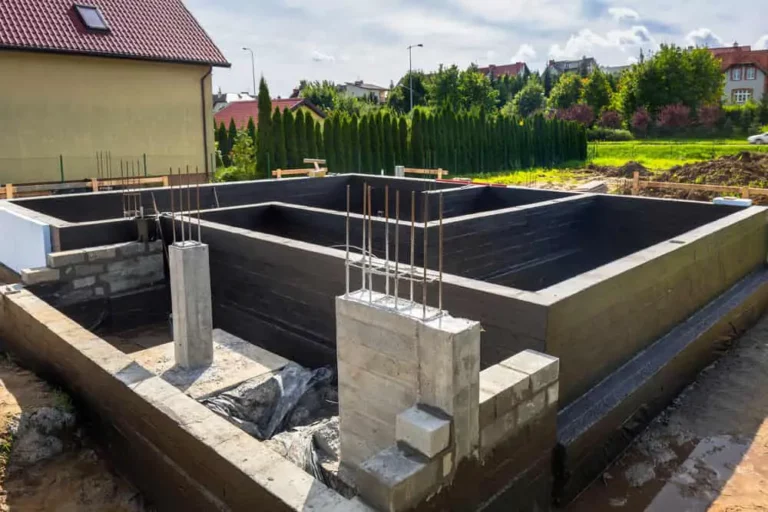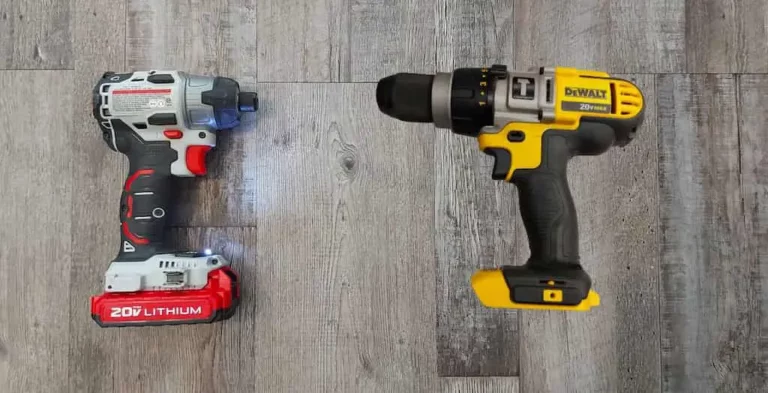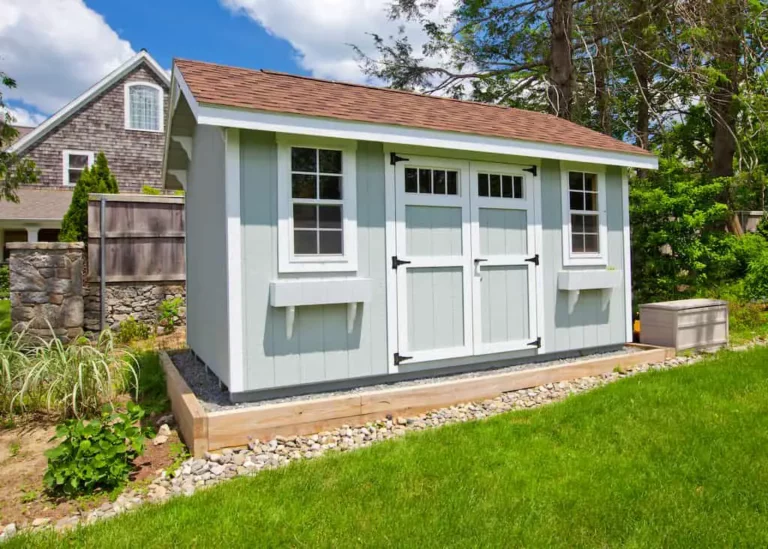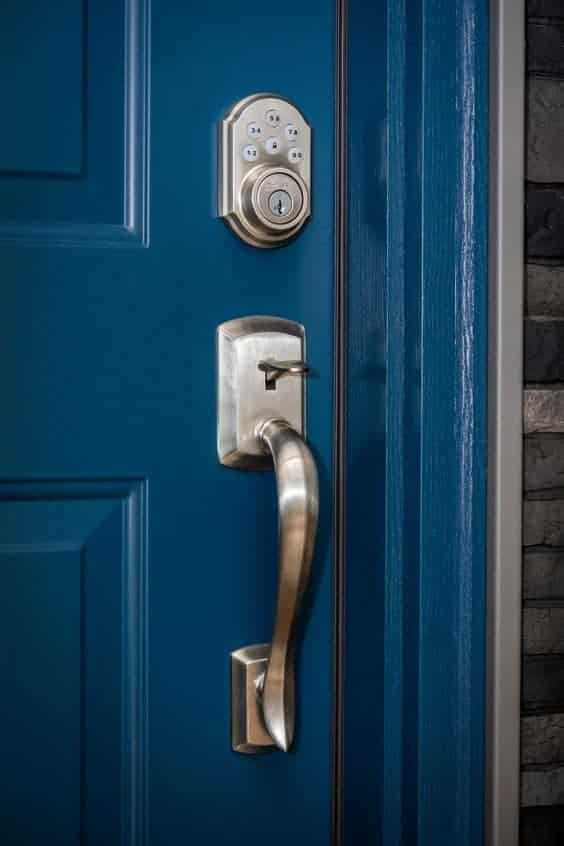Will A 12 000 Watt Generator Run A House?
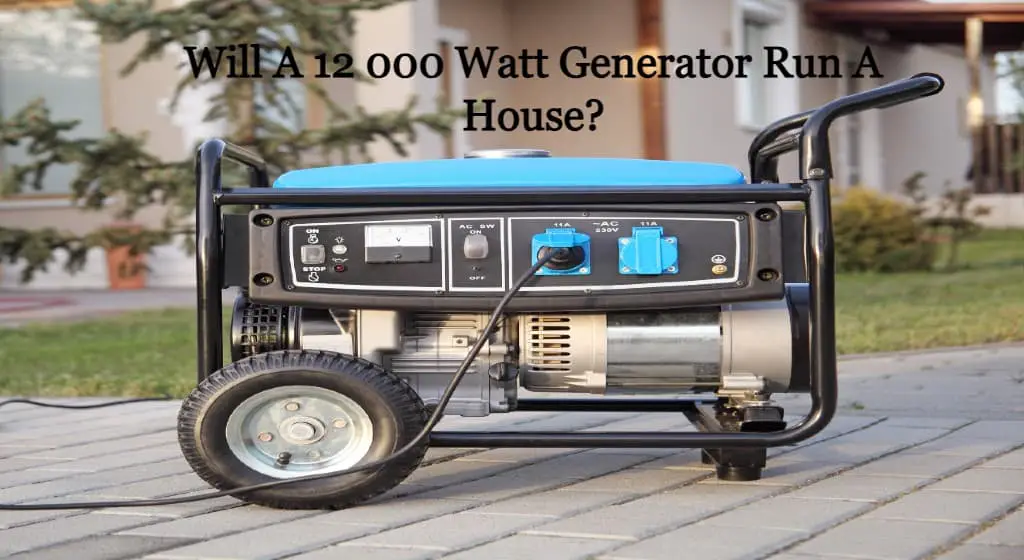
When power outages strike, many homeowners ponder the capacity of their backup generators. A 12,000-watt generator sounds robust, but can it truly power an entire home?
A 12,000 watt generator is large enough to power a small to medium-sized home, as long as sensible precautions are followed. Managing which appliances run simultaneously and also exercising electrical conservation practices such as replacing halogen lightbulbs with low-powered LED units.
Dive into this article as we dissect the capabilities of a 12kW generator, analyzing its suitability for residential needs.
A 12 000 Watt Generator Will Run a House
A 12,000-watt generator, also known as a 12kW (kilowatt), is a powerful electrical unit that can power most small to medium-sized homes.
Before discussing how to “size” the electrical requirements of a home, let’s first look at the units of measurement that grade electric generators and home appliances.
Understanding Power Needs
Have you ever wondered why the following units of electrical measurement are used?
- Your energy bill displays consumption in terms of kilowatt-hours.
- Light bulbs are labeled in “watts.”
- batteries commonly specify their voltage, such as 9 volts.
- Devices like vacuum cleaners highlight the amps they draw.
So, why are there so many distinct electrical measurements?
Let’s break it down with a simple analogy.
Think of electricity as water atop a waterfall. As it reaches the brink, gravity influences its descent. The crest, where water pauses before its plunge, mirrors a battery’s negative terminal.
All these electrical metrics are interconnected. Knowing two allows you to derive the third.
Voltage
Positioned at the waterfall’s peak, the water holds potential energy not yet set in motion. Similarly, voltage signifies potential energy, ready to drive an electrical current from the negative to the positive terminal.
Mathematically, it’s defined as Voltage = Watts/Amps.
Amps
When water descends, it accelerates under gravity until reaching terminal velocity. If we gauged its speed mid-fall, it would resemble the amperage in an electrical circuit. Technically, one ampere is defined as:
One ampere = 6.24 × 1018 electrons passing a point in one second.
And its relationship with watts and volts is Amps = Watts/ Volts.
Watts
Consider installing a turbine in the waterfall. The water’s force turning the turbine blades is akin to work. Knowing the energy potential (volts) and measuring the speed of water molecules (amps) lets us compute the force or “pressure” exerted, which is analogous to watts.
Watts can be influenced in several ways:
- The water pressure decreases if the waterfall’s width expands, but the water flow stays consistent. Similarly, when voltage drops, the available watts to power a device diminish.
- Boosting water pressure by increasing its flow rate will make more water spill over the edge, hence upping the force. Likewise, elevating the number of electrons in a circuit (amps) will raise the pressure.
Resultantly, the watts (pressure) in the circuit escalates and can power a larger motor or device.
In essence: Watts = Amps × Volts
By grasping these concepts, one can better understand the intricate dance of electricity that powers our everyday lives. It will also help you to size a generator correctly.
What does “12,000 Watts” Really Mean?
Let’s break this down:
A 12,000-watt (or 12kW) rating tells us how much electricity certain home devices use. When talking about batteries, there’s a bit more to it. A battery labeled 5kW-hour means it can give out 5kW in one hour.
So, if you use half of that power, it’ll last for 2 hours; if you use just 1kW, it’ll go for 5 hours.
Calculating Total Wattage
The measurement of Watts that an appliance, or series of appliances, draws is cumulative. This means that if one device draws 1kW and another 0.25kW, the total draw on the system is 1.25kW.
This is important to understand when calculating the size generator you need. The total draw of all the appliances that will run simultaneously must be added to assess the generator capacity.
For example, a house may have appliances that, in total, draw 15kW. The reality may, however, be that only 8kW of power is consumed at one time.
A simple breakdown of wattage, potential usage, and the implication of the number.
Comparing the 12,000 watts capacity to everyday power needs.
Allowing for “Surge” Wattage
Several home appliances use induction motors to run. These include
- Fridges and freezers (The compressors)
- Pumps.
- Small fans.
- Mixers.
- Toys.
- High-speed vacuum cleaners.
- Electric shavers.
- Drilling machines.
When an induction motor starts to operate, it draws (up to 3 times) its normal running wattage. This means a fridge that consumes 450 watts may require up to 1.35kW to start running. This draw only occurs for seconds before the appliance runs.
With an appliance like a fridge, bringing the “surge” (or starting watts) into the calculation is important because the thermostat starts and stops the compressor regularly.
The good news is that the surge value is generally within the capability of a generator. The spec sheet will show a normal watt consumption (say 12kW) and a surge value, which is generally double (24kW) the normal value.
Appliances and Systems A 12,000 Watt Generator Can Power
To calculate the total watts drawn, list all the electrical consumers in your home. Add the following columns.
- Location (Kitchen, Lounge, etc.)
- Appliance description
- Normal watts consumed
- Surge Watts
- Likelihood of that item being run simultaneously with others.
For a one-bedroom apartment, the list may look like the following.
| Location | Appliance | Normal Draw | With Surge Power | Standby |
| Kitchen | Air Fryer | 1500 | 1500 | 0 |
| Coffee Maker | 800 | 1400 | 0 | |
| Cooker Hood | 20 | 30 | 0 | |
| Deep Freezer | 19 | 19 | 0 | |
| Dishwasher | 1200 | 1500 | 0 | |
| Electric Kettle | 1200 | 3000 | 0 | |
| Electric stove | 2000 | 2000 | 0 | |
| Fridge / Freezer | 150 | 400 | 0 | |
| Fryer | 1000 | 1000 | 0 | |
| Food Blender | 300 | 400 | 0 | |
| Microwave | 600 | 1700 | 3 | |
| 60W light bulb (Incandescent) *4 | 240 | 240 | 0 | |
| Bathroom | Bathroom Towel Heater | 60 | 150 | 0 |
| Curling Iron | 25 | 35 | 0 | |
| Electric Shaver | 15 | 20 | 0 | |
| Electric Toothbrush Charger | 6 | 6 | 0 | |
| Extractor Fan | 12 | 12 | 0 | |
| 60W light bulb (Incandescent) *4 | 240 | 240 | 0 | |
| Lounge | Apple TV | 3 | 6 | 0.3 |
| AV Receiver | 450 | 450 | 0 | |
| Ceiling Fan | 60 | 70 | 0 | |
| Home Air Conditioner | 1000 | 4000 | 0 | |
| 60W light bulb (Incandescent) *4 | 240 | 240 | 0 | |
| 55 Inch LED TV | 116 | 116 | 0.5 | |
| Bedroom | Ceiling Fan | 60 | 70 | 0 |
| Heated Hair Rollers | 400 | 400 | 0 | |
| Home Air Conditioner | 1000 | 4000 | 0 | |
| Night Light | 1 | 1 | 0 | |
| 60W light bulb (Incandescent) *4 | 240 | 240 | 0 | |
| Office | Chromebook | 45 | 45 | 0 |
| Fluorescent Lamp | 28 | 45 | 0 | |
| Game Console | 120 | 200 | 0 | |
| Gaming PC | 300 | 600 | 1 | |
| Home Air Conditioner | 1000 | 4000 | 0 | |
| Home Internet Router | 5 | 15 | 0 | |
| Treadmill | 280 | 900 | 0 | |
| 60W light bulb (Incandescent) *4 | 240 | 240 | 0 | |
| Utility Room | Steam Iron | 2200 | 2500 | 0 |
| Vacuum Cleaner | 45 | 900 | 0 | |
| 60W light bulb (Incandescent) *4 | 240 | 240 | 0 | |
| Total Consumption | 17460 | 32930 | 4.8 | |
| Realistic Consumption | 8117 | 17487 | 3.8 |
In this scenario, the total is 17.4kW with a maximum surge consumption of 32.9kW. However, as frightening as this may look, realistically, not all the devices would be turned on simultaneously.
The items marked in “bold” may be switched on together. Adding these values results in a total consumption of 8.1kW and a surge value of 17.5kW.
These values are well within the capability of a 12kW generator.
What Size Generator To Run A Freezer?
How To Run An Extension Cord From Generator To The Home
Conclusion
As shown, a 12kW generator is large enough to run a small to medium-sized house. With careful management of the home appliances used at any time, even a larger home can run on a 12kW generator.

